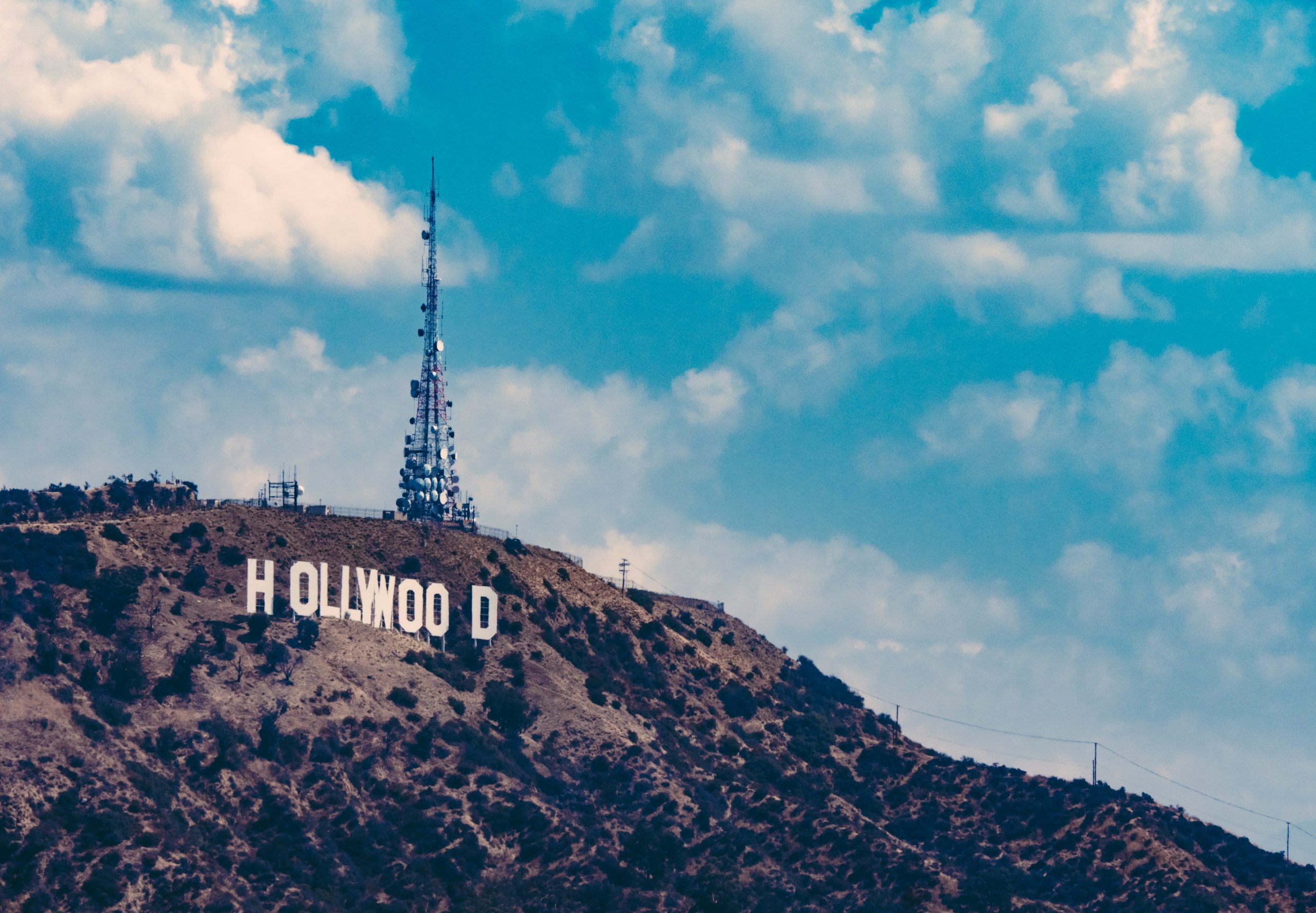
Hollywood’s rise to global prominence is a product of its cinematic achievements and a unique blend of cultural, economic, and geographic factors that have shaped the entertainment industry for over a century. Los Angeles, home to Hollywood, became the epicenter of film production, earning it the title “The Entertainment Capital of the World.” This article explores the significant events, innovations, and figures that contributed to the evolution of Hollywood, focusing on how the city of Los Angeles molded the entertainment industry into what it is today.
The Birth of Hollywood
Hollywood’s journey as a film capital began in the early 20th century, well before the glitz and glamour of the modern movie business took shape. In 1903, a small production company, Nestor Film Company, was established in Hollywood, marking the beginning of what would later become a global entertainment hub. However, the arrival of major film studios in the area in the 1910s cemented Hollywood’s position as the nucleus of film production.
Los Angeles offered filmmakers several advantages, making it an ideal location for movie production. The city’s consistently sunny weather allowed for year-round filming, and its diverse landscapes—ranging from deserts to mountains—offered a variety of backdrops for different genres. Additionally, Los Angeles was geographically removed from the reach of Thomas Edison’s Motion Picture Patents Company, which controlled film equipment and technology back in the East. This freedom from patent restrictions allowed filmmakers to experiment with new techniques and production methods, setting the stage for Hollywood’s unprecedented growth.
The Golden Age of Hollywood
By the 1920s, Hollywood had become synonymous with the motion picture industry. The introduction of the studio system, a business model where a small number of major film studios controlled all aspects of filmmaking, distribution, and exhibition, dominated the industry. Studios such as Paramount Pictures, Warner Bros., and Metro-Goldwyn-Mayer (MGM) formed the backbone of Hollywood, producing films that audiences saw worldwide. The creation of the Hollywood sign in 1923, initially an advertisement for a real estate development called “Hollywoodland,” became a symbol of the booming industry and remains an iconic part of Los Angeles’ skyline today.
The Impact of World War II
During World War II, the entertainment industry, particularly Hollywood, played a crucial role in supporting the war effort. Films produced during this time were often used for propaganda to encourage support for the war and boost morale on the home front. Studios began to focus on patriotic themes, producing blockbusters like “Casablanca” (1942) and “Mrs. Miniver” (1942), which reflected the struggles and triumphs of wartime America.
Hollywood’s involvement in the war effort also significantly impacted the global reach of American cinema. The war’s end saw the widespread distribution of Hollywood films to international markets, and the film industry began to expand its influence globally. The post-war era also saw the rise of new film genres, including film noir, which reflected the darker, more cynical view of the world that emerged after the war.
The Shift to Television and the Decline of the Studio System
The 1950s and 1960s also saw the decline of the studio system as stars gained more control over their careers and independent production companies began to rise. This period marked the end of the traditional way movies were made in Hollywood, as more filmmakers sought creative freedom outside the constraints of the major studios. Despite these challenges, Hollywood continued to thrive by diversifying its content and adopting new technologies, including color television and widescreen formats, to compete with the growing TV industry.
The Blockbuster Era and Modern Hollywood
The 1970s ushered in a new era for Hollywood with the rise of the blockbuster film. The release of movies like Jaws (1975) and Star Wars (1977) signaled a shift toward large-scale, high-budget films designed to attract mass audiences. These films featured groundbreaking special effects, action-packed stories, and international appeal, becoming the blueprint for Hollywood blockbusters over the decades.
During the 1980s and 1990s, the success of franchises like “Indiana Jones,” “Jurassic Park,” and “The Matrix” solidified the idea of Hollywood as the home of big-budget. These high-concept films dominated the global box office. At the same time, the rise of independent cinema brought a fresh wave of filmmakers who challenged traditional Hollywood filmmaking conventions. Directors like Quentin Tarantino and Steven Soderbergh brought new voices and storytelling techniques, further diversifying Hollywood’s output.
Hollywood’s Cultural Influence
The city’s multicultural population, its history of immigration, and its association with celebrity culture have contributed to Hollywood’s status as a global cultural icon. Hollywood films have shaped popular culture worldwide, influencing everything from fashion and language to social attitudes and political discourse.
The evolution of Hollywood and Los Angeles’ influence on the entertainment industry is a testament to the city’s unique position in the world. From its humble beginnings as a small film community to its rise as the global capital of entertainment, Hollywood has shaped how we experience and consume media. As technology continues to evolve and the global reach of entertainment expands, Los Angeles remains a central player in shaping the future of the entertainment industry, ensuring that its legacy endures for generations to come.